Pentylene Glycol has the ability to bind water. It is a polyhydric alcohol. This property can be used to hydrate the skin. The skin is better hydrated, looks noticeably more radiant and feels better. At the same time, Pentylene Glycol natural helps inhibit the growth of microorganisms on the skin and can therefore be used as an alternative preservative.
It is soluble in water, serves as an extract solvent and solubilizer, is biodegradable, can be used in the pH range 3-10 and is colorless and odorless.
It is a transparent liquid, slightly viscous, colorless, odorless and soluble in both water and oil. It is naturally derived from sugarcane. It is used in many cosmetic products and is also known by the names 1,2-dihydroxypentane, 1,2-pentanediol and pentane-1,2-diol.
What is Pentylene glycol used for?
Pentylene glycol, or Pentylene Glycol, is used as an emulsion stabilizer, humectant, solvent and broad-spectrum antimicrobial agent. It improves product texture and has all the properties of a solvent. It is non-reactive and can dissolve many other compounds. It is also known for its antimicrobial properties. It offers a double benefit: It protects the skin from harmful bacteria that can otherwise cause body odor and acne problems. In addition, it protects the product from microbial growth so that the product maintains the same quality during use and shelf life.
Sample concentrations:
5.0% when used as a moisturizer with full preservative action
3.0% when used as a humectant and enhancer of preservatives
1.0% when used as a humectant and penetration enhancer
Formulation tips:
a) Add product to the aqueous phase
b) Product of the final formulation at the end of the production process
c) Mix directly with lipophilic active ingredients/extracts to naturally use pentylene glycol as a solvent.
Skin Care with Pentylene Glycol
Thanks to its two -OH groups, it has a natural tendency to attract water. It also retains water, which is especially useful for dry skin. It is used as a humectant and skin conditioning agent because of its ability to retain moisture. It is used in moisturizers, baby sunscreens, eye creams, antiperspirant/deodorant, serums and essences, hand creams, anti-aging products, facial masks/moisturizers, self-tanner, bath oils/salts, body oils, firming lotions, cuticle care, body cleansers, sunscreen, recreational sunscreens.
Haircare
Pentylene Glycol is used in various hair care products such as hair treatments/serums, hair spray, styling products, shampoo, detangling agents, beard care, shaving creams, beard oil, conditioners, hair coloring and bleaching, styling gel/lotion, masks, powders/sprays.
Decorative cosmetics
Pentylene Glycol is used in cosmetics such as lipstick, concealer, eye shadow, foundation, CC cream, blush, lip balm, face powder, bronzer/highlighter, lip gloss, BB cream, makeup primer, eyebrow pencil, lip pencil, eyeliner, lip plumper, makeup remover.
Origin
Pentylene glycol is based on by-products of manufacturing processes based on sugarcane residues and corn cobs. It is also manufactured in the laboratory because demand is relatively high.
What does Pentylene glycol do in a formulation?
- Antimicrobial
- Emulsion stabilization
- Humectans
- Solvent
Security profile
There is no evidence that pentylene glycol is harmful to health, toxic or carcinogenic. It may cause mild eye and skin irritation in skin types that are already sensitive or prone to irritation.
Features
| Feature | Values |
|---|---|
| Boiling point | 242°C (lit.) |
| Melting point | -18°C |
| pH | 7,5 |
| Solubility | Soluble in water and oil |
| Slightly soluble in methanol |
INCI: Pentylene Glycol
Pentylene glycol
CAS Number: 5343-92-0
Chemical/IUPAC Name: 2-heptanoyloxypentylheptanoate
EINECS/ELINCS No: 226-285-3
COSING REF No: 58983

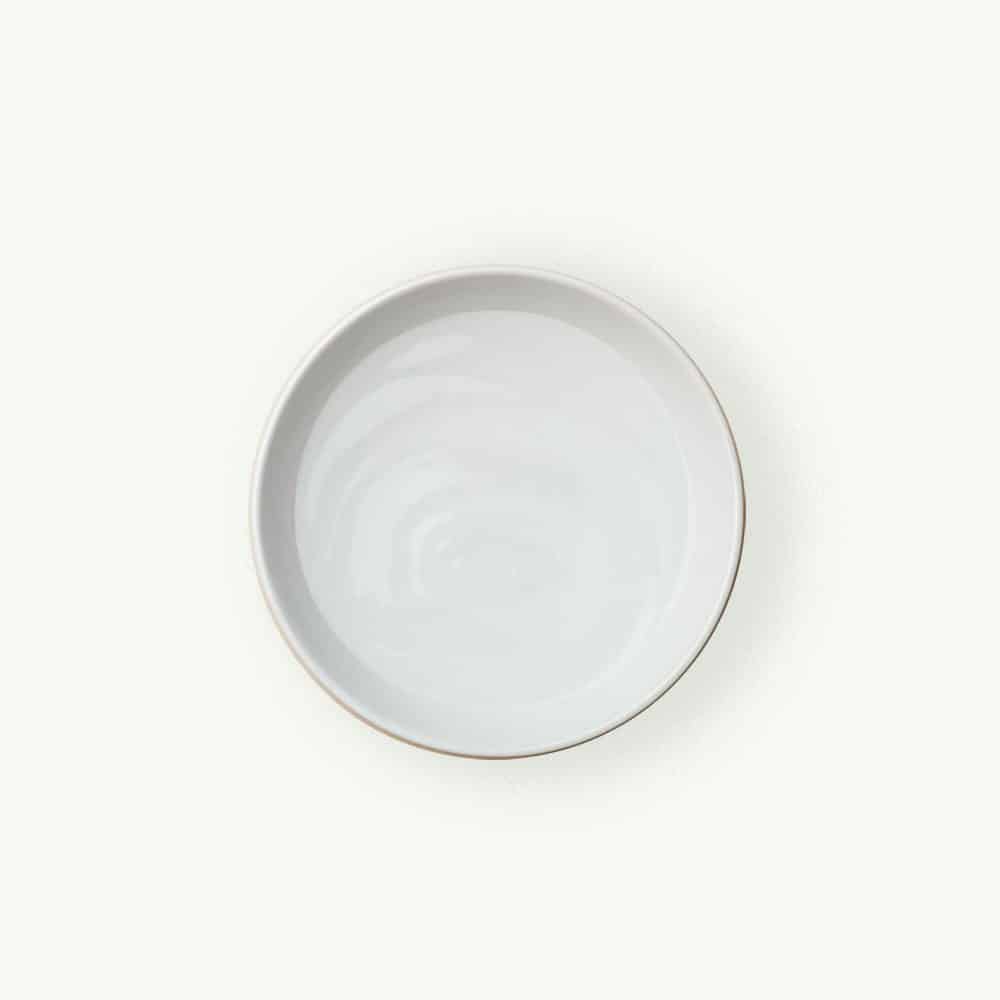
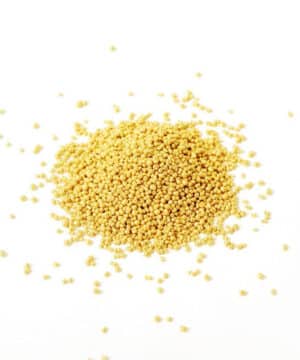
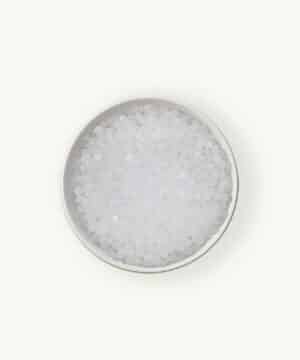
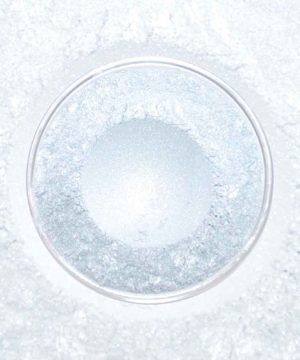
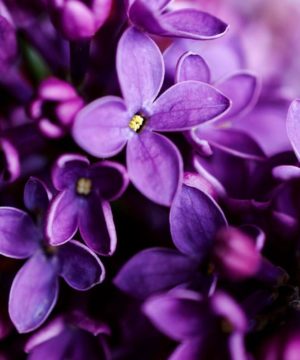
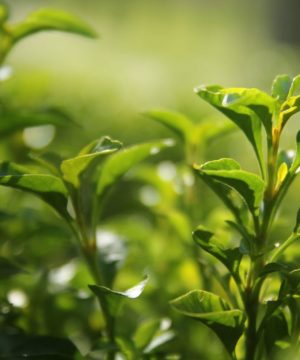
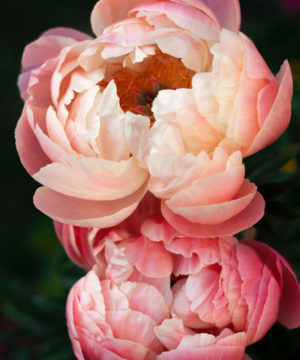
Reviews
There are no reviews yet.